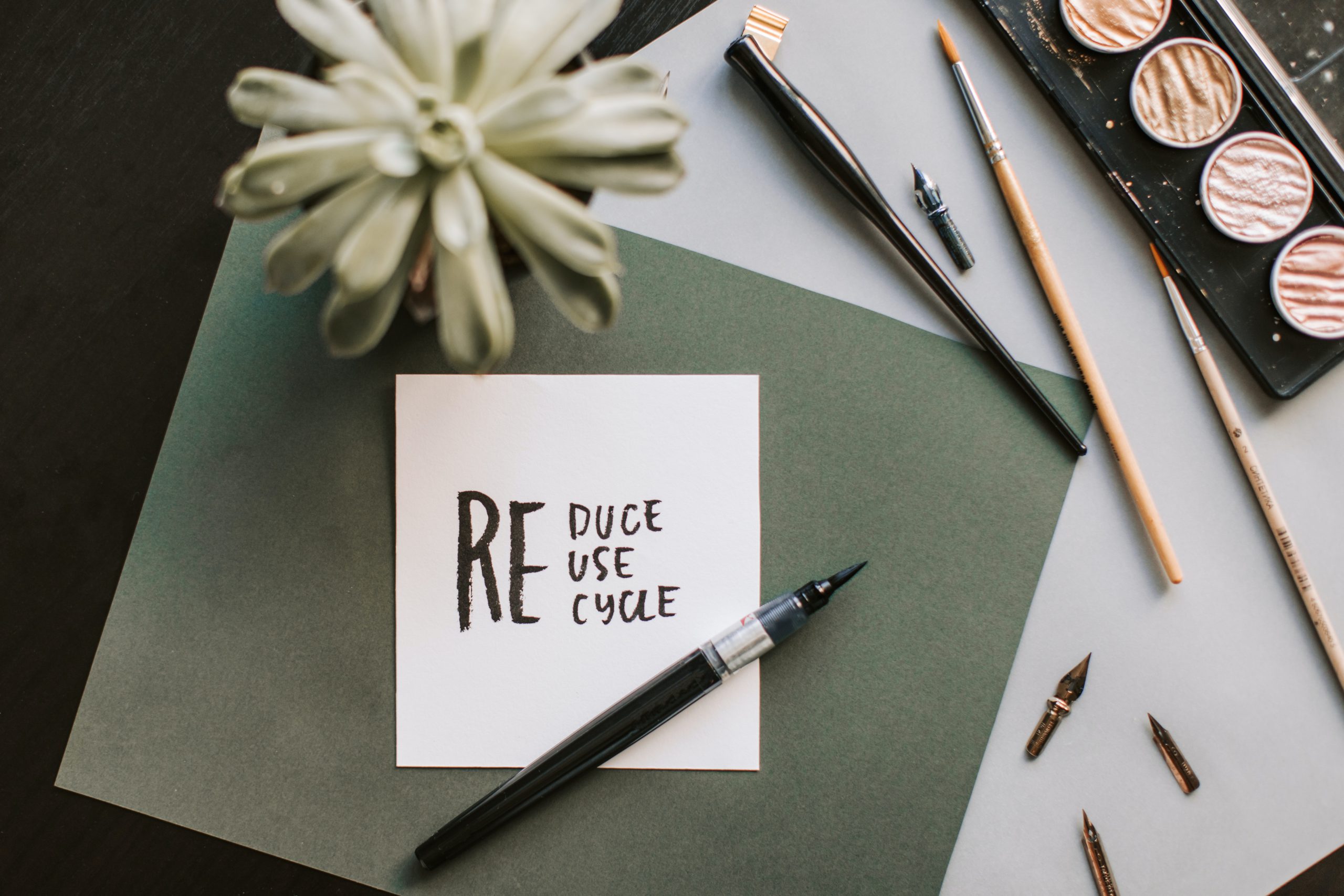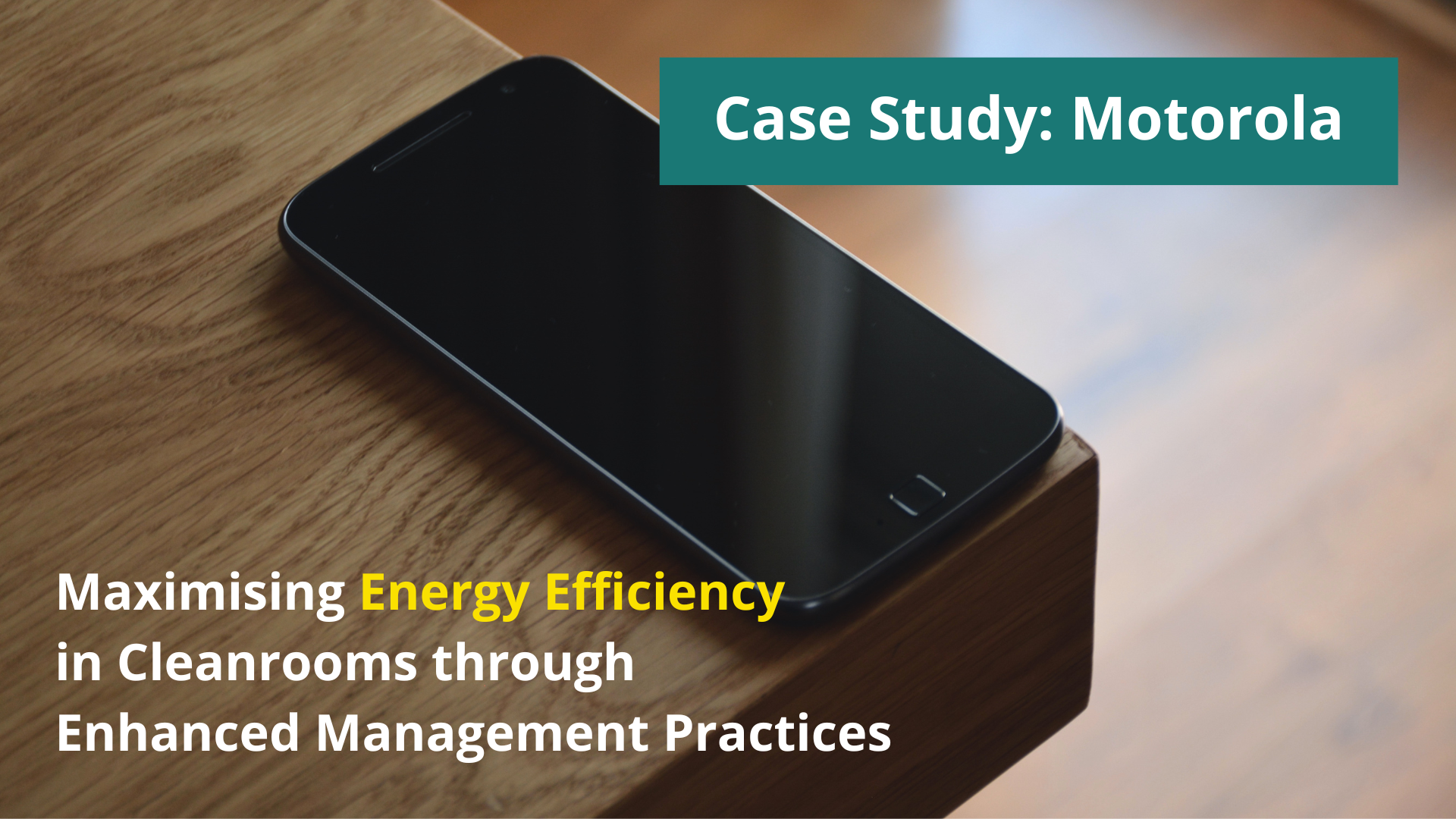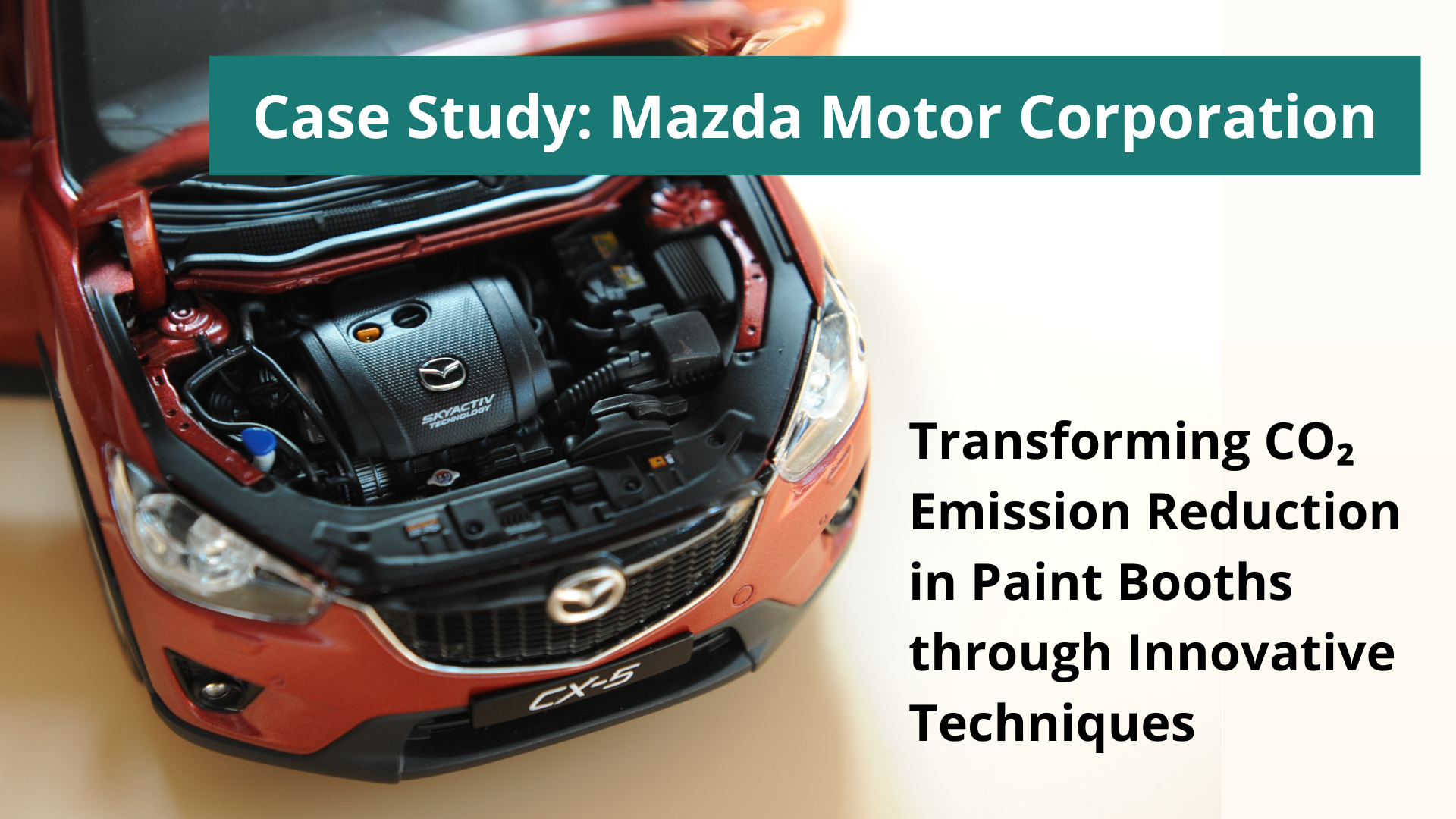
From low-quality waste management to air pollution, the UK is expected to face a wide range of environmental problems in 2022. If companies don’t act quickly, it won’t take long for environmental degradation levels to skyrocket.
Undoubtedly, the UK government is pushing buisnesses towards sustainable practices. It’s no surprise that the government provided one-thirty million pounds as cleantech funding to promote sustainable development. However, the government can’t work alone in the fight against pollution.
Business need to collaborate with the government and must take up the initiative to save the environment. We understand that switching from conventional to modern, environmentally friendly manufacturing processes isn’t as easy as it sounds.
You’ll have to develop an Environmental Management System (EMS) and introduction of Environmentally Conscious Design (ECD) practices may help you to rethink the whole operational model. Keep reading this blog to find the importance of eco-design as a supporting tool for the environmental management system
The importance of Eco-Design
Considering environmental aspects during the design and development phase has a massive impact on the rest of processes and activities within the whole organisation and its environmental management system. Basically, we can say that all starts with the design, and decision made during this process are crucial for other life-cycle stages and processes. Decisions made in the design and development stage influence activities such as choice of raw materials, manufacturing methods, logistic and transport, sales, use, maintenance, and disposal arrangements. This is why it is important to consider environmental aspects during this stage.
The aim of environmentally conscious design (ECD), or in simple words eco-design is to reduce the overall adverse environmental impacts throughout the life cycle of a designed product or service, while still taking into account other important aspects. The outputs from eco-design shall aim to achieve balance between environmental aspects, quality aspects, economic aspect, performance, safety, ethical and social value, and risks (both – technical and business).
Eco-Design for Material Sourcing
Not selecting the right material can not only increase your costs but can damage your product quality too. If you want to impress your clients with top-class products, it’s time to make an eco-design for material sourcing.
You may consider switching from conventional raw materials to biodegradable materials to decrease your company’s environmental impact, increase reuse products via remanufacturing, or increase the use of recycled materials to replace virgin materials. If you’re looking to create a sustainable brand image, you should reduce the use of scarce materials and hazardous chemicals.
You should select materials that contain a low amount (or zero) of Volatile Organic Compounds (VOCs). Also be aware of the supply chain issues, consider reducing weight and volume of products.
Eco-Design for Manufacturing and Processing
Yes, the manufacturing and processing sectors in the UK have taken a hit because of the pandemic and Brexit. But experts are estimating businesses to make a comeback into the market in 2022 as the UK economy returns to its pre-COVID levels.
Environmentally conscious design for manufacturing and processing will consider developing innovative methods that can decrease process wastage, reduce the energy consumption (including compressed air), and consumption of natural resources (e.g. water). As far as possible consider using internally recovered or recycled materials during the manufacturing processes to minimise costs and carbon footprint.
You should select manufacturing and processing methods that minimise the use of dangerous chemicals (e.g. volatile solvents), which can hurt your workers and the environment. It is also a good idea to consider reducing number of parts, it is easier to manage and the risks that they will end up in land-field is reduced.

Eco-Design for Transport and Distribution
Many global brands like Pringles, Cadbury, Nestle, and Pepsi have come under fire for packaging that’s negatively contributing to the environment. If you want to maintain your brand image in 2022, you should focus on environmental friendly packaging. In particular, that from the 1st April 2022, the new plastic packaging tax is introduced.
Designing minimalistic product packages that use recycled or biodegradable materials should be the way to go. You should use recycled or recyclable materials to ensure your packaging doesn’t contribute to the increase in pollution. Also, you can reduce the amount of packaging by reducing the product size and weight, and optimising the shape for maximum packing density. In conjunction with your supply chain, you may consider the implementation of re-usable packaging.
Regarding the distribution and logistic it’s not a secret that “buy local” policy would minimise the negative environmental impact. The type of transport used does matter here as well (e.g. by air, or by sea). You may also encourage your employees to use bicycle to commute to work or increase the sharing rate for commuting cars.

Eco-Design for Consumers (Use and End of Life)
Today, people have become aware of the deteriorating environmental conditions and prefer to use environmentally friendly products. If you want to increase your market share, it might be time to enhance the quality of your products with an environmentally conscious design practices.
With energy costs increasing in the UK, you’d want to decrease your product’s energy consumption. This will help your clients reduce their energy bills and decrease carbon emissions, making it a win-win situation.
You should also aim to increase the life of your product. You should use durable and reliable materials, and your product should be easily repairable, so your clients can reuse them. Also investigate options for eliminating the use of hazardous substances during the use, and reduce energy and water required for disassembly.
If you want to create a spectacular product, you can use the Lifecycle Assessment (LCA) strategy. Here are the four phases you should know about:
- Define Your Goals: In phase one of the LCA, you’d determine the level of environmental friendliness your company wants to achieve. Once that’s decided, you can list all the materials and operations in your production processes.
- Lifecycle Inventory: During the second phase, you’ll collect data to analyse your product’s impact on the environment.
- Impact Assessment: In the impact assessment, you’ll inspect different materials and processes to determine which combination is best for your firm.
- Ways to Improve the Product: Using the results of the first three stages, you’d know which materials and manufacturing processes decrease your product’s impact on the environment. In this phase, you’ll make strategies to follow the right combination and reduce your company’s carbon footprint.

9R strategy for Eco-design
You perhaps have already noticed that there are few R-words that are repeatable in this blog, these are:
- Refuse
- Rethink
- Reduce
- Reuse
- Repair
- Refurbish
- Remanufacture
- Repurpose
- Recycle
- Recover
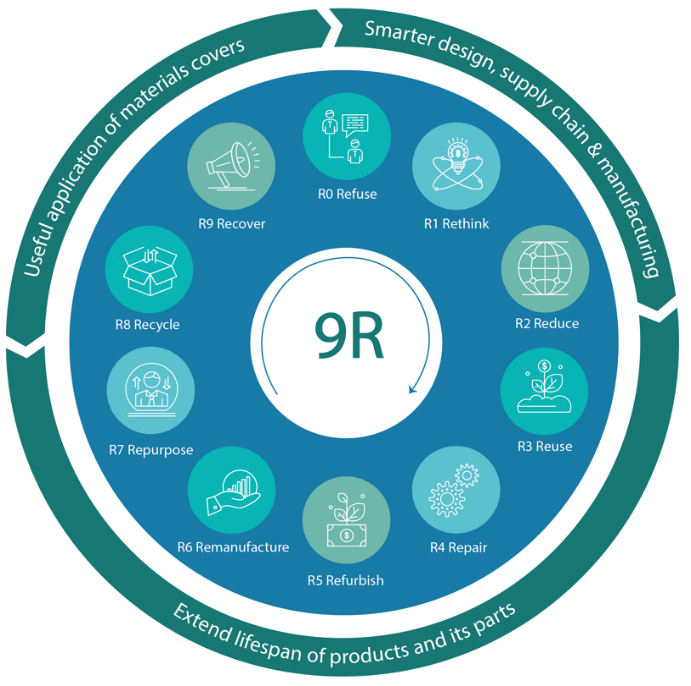
The use of 9R strategy is always a good idea that supports the implementation of environmentally conscious design.
Benefits of Using Eco-Design
Many experts have acknowledged that sustainable practices have become mainstream in 2021, and sustainable development is expected to grow exponentially in 2022.
Many UK companies have started to identify the vast benefits of using eco-design for their environmental management system. Here are some benefits you should know about before you kickstart eco-designing:
Minimises Raw Material Usage
Are the increasing raw material prices becoming a burden for your company’s budget? We understand the challenges UK businesses are facing because of the rising inflation. What if you could cut down on your raw material costs by minimising raw material usage? Sounds too good to be true, right? Luckily with eco-design, you can use fewer materials to create the same number of products, if not more.
With fewer raw materials, you can save up a lot on energy costs. It’s no secret that energy prices are skyrocketing because of the Ukraine-Russia crisis. Experts expect oil prices to hit two hundred dollars per barrel in the international market.
Amidst these challenging circumstances, every penny your company saves can be beneficial. If you’re using fewer materials, your energy usage can be cut down, and this can help you reduce your energy bill.
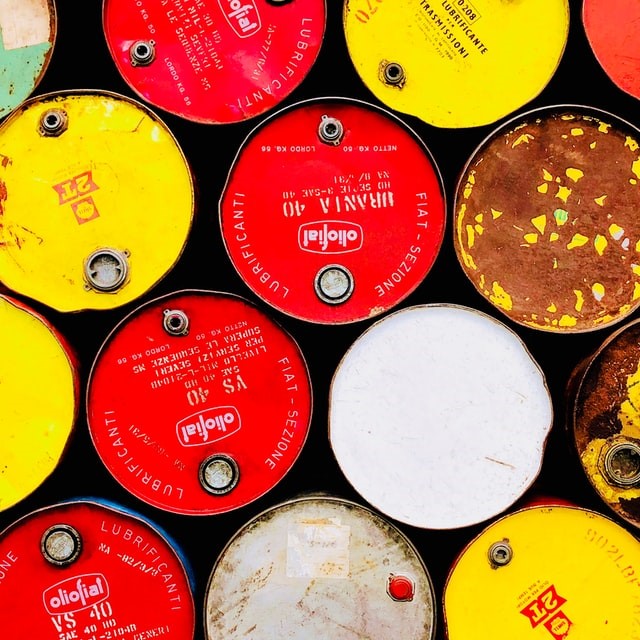
Recycling
Companies that conduct eco-designing should focus on recycling to promote sustainability practices and enhance their image as eco-friendly organisations. From fossil fuels to water, most of our world’s natural resources are depleting because of extensive production. If we want to save resources for our future generations, it’s time to use recycled and recycleable materials.
Use of Biodegradable Materials
Unfortunately, commonly used materials like plastic and glass aren’t bio-degradable, which means that they don’t decompose after they are used. This can increase pollutants and damage the environment.
This is why eco-designing is crucial as it promotes the use of bio-degradable materials. We’ve listed some bio-degradable materials you can start using:
- Wood
- Hemp
- Jute
- Bamboo

Promotes Innovation
Creating different eco-designs can boost innovation and help you amplify your company’s productivity. Quite often, environmentally focused research and development can help you create revolutionary products.
You’ll be surprised to know that researchers in Stockholm invented transparent wood while trying to make an eco-friendly building material. This speaks volumes about the role of eco-design in promoting innovation.
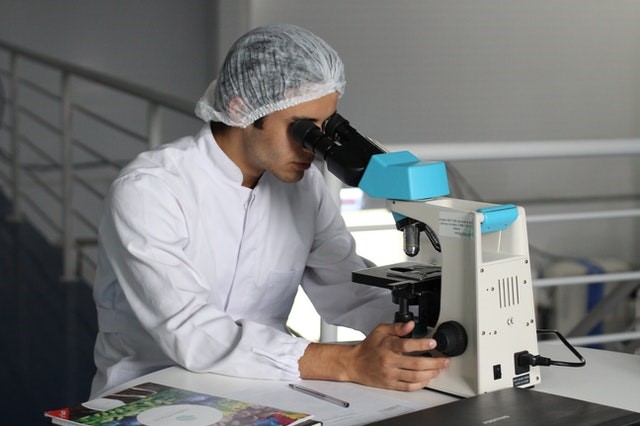
Enhances Your Brand Image
Brand image is an integral tool for businesses to gain their client’s trust in today’s digital era. If you’re a small or a medium-scale manufacturer, you can only compete with the big companies if you build an exceptional brand image. But how do you do it?
The increasing environmental regulations by the UK government are pushing businesses to use environmentally friendly production methods. If you’ve already started using eco-design, it can give you a first-mover advantage and help you attract new clients. You can create a ‘green image‘ for your company and increase your popularity in the market.
Even with such vast benefits, many companies still struggle to get state-of-the-art environmental management systems and world-class eco-designs.

Eco-Design Certifications
You might talk about your sustainable production methods all day long, but no client would believe you until you provide them with authentic certifications. Let’s find below examples of certifications you can use to impress your customers. You can read here about other environmental management standards that helps protecting the planet.
Cradle to Cradle (C2C)
If you’re looking for a globally accepted certification, you should consider Cradle to Cradle (C2C). This certification aims to help firms adhere to the seventeen Sustainable Development Goals (SDGs) introduced by the United Nations.
The C2C institute frequently updates this certification to help firms adhere to the latest environmental challenges. They’re aware that environmental degradation is also changing as production techniques change and global demand evolves.
The Cradle-to-Cradle certification focuses on five main categories to judge the environmental reliability of a firm. Let’s take a look at the categories:
- Material health
- Product circularity
- Clean air and climate protection
- Social fairness
- Water and soil stewardship
Environmental Product Declaration (EPD)
Environmental declarations and labels provide overall environmental information about a product or service. Environmental Product Declarations are the final reports, but the foundation of any EPD is a lifecycle assessment (LCA). The international standards for environmental claims (such as ISO 14020, ISO 14021, ISO 14024 or ISO 14025) and LCA (such ISO 14040, ISO 14044, ISO/TR 14047, ISO/TR, ISO/TS 14048) are widely known and empower responsible marketing based on facts and figures.
ISO 14001
ISO 14001 contrary to EPD and C2C is not a product certificate but an organisational certificate for your environmental management system. It is a global certification that promotes sustainable production practices. It helps companies use their resources efficiently and reduce their wastage.
We’ve listed some of the environmental issues your firm can tackle by using the ISO 14001 certification:
- Water shortage and contamination
- Sewage issues
- Air pollution
- Inefficient waste management
- Land pollution
- Climate change
- Soil infection
If your company wants to maximise its growth, get the ISO 14001 certification. It can help you create a positive rapport among the company’s stakeholders and its clients. It can also help you minimise your costs and amplify revenue, which can ultimately boost your company’s growth.
Acquiring these certifications can be a hectic process, but it’ll be worth it as it would help you get new clients and grow your business. If you want to make the implementation and certification process easier, we recommend you connect with experienced consultants with the relevant knowledge to analyse your company’s environmental practicess and can guide you accordingly.

Want to develop a staunch environmental management system for your company in the UK? It’s time to join hands with EQM Consult, who can help you at every step.
With our top-of-the-line services, we can help you implement Environmental Management System (EMS) or Quality Management System (QMS). We deliver multiple services for our clients in the UK, which include outsourced internal auditing, aerospace compliance reviews and support, new product launch according to APQP, and employees training.
Reach out to our representatives for more details about our services.

Ph.D. Beata Paliwoda
Founder and Owner of EQM. Environmental and quality consultant and auditor. Professional career built in Quality Assurance departments in various companies from the automotive, aerospace, railway industries, as well as a management systems consultant. Successfully completed many complex projects related to the implementation of management systems, process improvements and business transformation. Auditor of ISO 9001, ISO 14001, AS 9100, project manager of APM, lecturer at the Poznan University of Business and Economics, researcher on the effectiveness of EMS and QMS in organisations.

